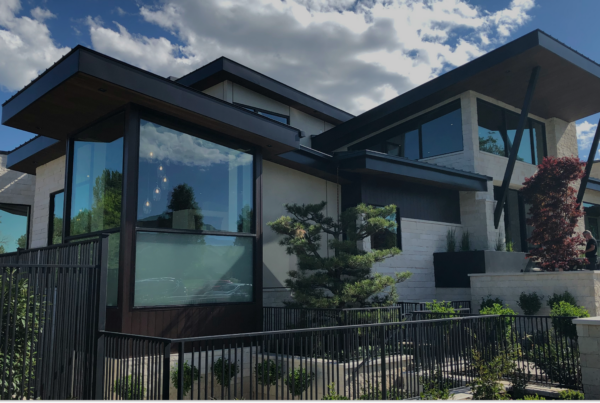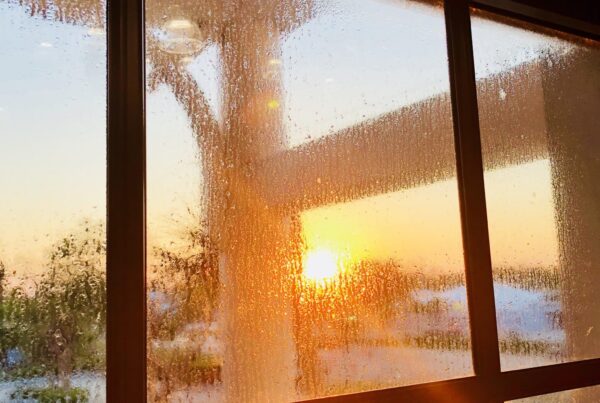🪟 What Makes a Window Energy-Efficient? Here’s What to Look For
Not all windows are created equal — and not all “energy-efficient” labels mean the same thing. The real performance of a window comes down to how it’s built: the number of panes, the type of glass, the frame material, and key efficiency ratings.
In the Okanagan, where summers are hot and dry and winters can dip below freezing, the right window improves comfort, reduces energy use, and protects your home’s long-term value.
Here’s what to look for — whether you’re replacing one window or upgrading the whole house.
1. U-Factor — Insulation That Works Year-Round
The U-Factor tells you how well a window resists heat flow — and lower is better. It measures how easily heat passes through the
window, including glass and frame.
In winter, a low U-Factor keeps heat inside. In summer, it helps block outdoor heat from getting in.
For Okanagan homes, look for a U-Factor of 0.28 or lower. It means better insulation, less HVAC use, and more consistent indoor temperatures across seasons.

Pro tip: U-Factor is key for ENERGY STAR® certification in Canada — but many windows exceed this baseline with the right options.
2. SHGC — Let the Light In, Not the Heat
SHGC (Solar Heat Gain Coefficient) measures how much solar heat enters through the window. Lower values (around 0.25–0.30) are better for hot climates.
In the Okanagan — where summer temperatures regularly hit 30°C or more — a low SHGC keeps sun-facing rooms cooler and re duces air conditioning costs.
duces air conditioning costs.
Many windows use Low-E coatings that block heat while still letting in daylight.
Tip: South- and west-facing windows benefit most from a lower SHGC rating.
3. VT — Brighter Homes with Less Energy
 VT (Visible Transmittance) shows how much daylight comes through. Higher values (0.50 or more) bring more natural light indoors and reduce the need for artificial lighting.
VT (Visible Transmittance) shows how much daylight comes through. Higher values (0.50 or more) bring more natural light indoors and reduce the need for artificial lighting.
This is especially useful in shaded spaces or areas where you want a naturally bright interior — like kitchens and living rooms.
Some high-efficiency coatings can reduce VT, so balance is key: look for windows that offer both strong performance and good daylight.
5. Frame Materials — Not Just What’s Between the Glass
The frame affects insulation, durability, and maintenance. Here’s a quick comparison:
 Vinyl: Affordable, low maintenance, and great insulation. A go-to for many homes.
Vinyl: Affordable, low maintenance, and great insulation. A go-to for many homes.
Fiberglass: Stronger than vinyl, very efficient, and stable over time. A good fit for high-performance applications.
Aluminum: Durable, but transfers heat easily. Best when used with a thermal break.
Wood : Naturally insulating and beautiful, but higher in cost and upkeep.
For most Okanagan homes, vinyl or fiberglass frames offer the best mix of comfort, longevity, and energy efficiency.
Final Thoughts
Energy-efficient windows aren’t just about numbers — they’re about comfort, savings, and smart design. When you understand what ratings like U-Factor, SHGC, VT, and material choices actually mean, it’s easier to make the right decision for your space.
In a climate like the Okanagan, the right windows help keep your home cool in the summer, warm in the winter, and efficient all year long — with added benefits like quieter rooms, brighter interiors, and lower upkeep.
If you’re comparing options or want advice on what’s best for your home, we’re always happy to help — no pressure, just honest guidance.






